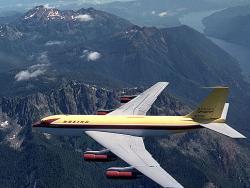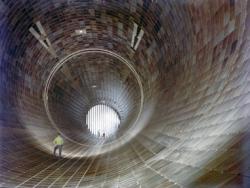ASME
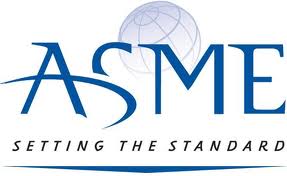

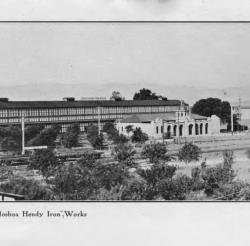
This ironworks exemplified the adaptability required for industrial survival in a dynamic technical environment. It was a major western producer of mechanical equipment used in mining (especially large hydraulic machines), ship propulsion, irrigation, power generation, optical telescope mounts, and nuclear research.
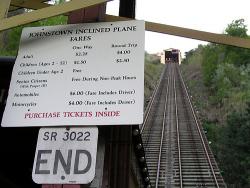
This is one of several, similar inclines built in western Pennsylvania during the late 19th century. It was designed by Samuel Diescher (1839-1915) after the great flood of 1889, to provide an efficient means of transportation between Westmont and the Conemaugh Valley. (See also the Monogahela and Duquesne Inclines in Pittsburgh.)

The oscillating steam engine, built by John Penn & Sons, is located aboard the famed paddle steamer Diesbar. Diesbar is the second oldest of a fleet of nine paddle steamers in Dresden. What makes the Diesbar unique is its coal fueled engine and single deck design. The John Penn and Sons engine that runs the steamer is the oldest operational marine steam engine in the world. It has been in operation for over 165 years.
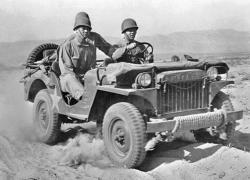
Although not the first four-wheel-drive vehicle or the first designed for rough, multipurpose field use, the Jeep MB was built as an unusual combination of these and other features of modern vehicle design in the World War II era.
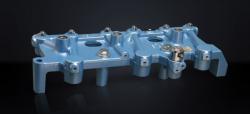

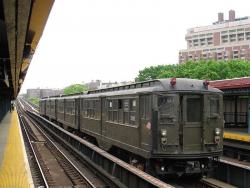
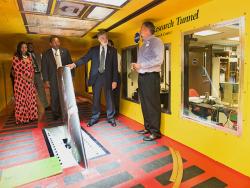
In operation since 1944, the Icing Research Tunnel is the oldest and largest refrigerated icing wind tunnel in the world. Technology developed there enables aircraft to fly safely through icing clouds. Two firsts include the unique heat exchanger and the spray system that simulates a natural icing cloud of tiny droplets.
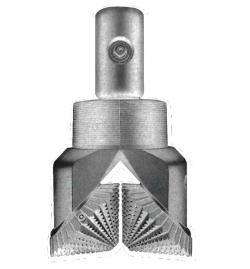
Prior to 1909 the traditional fishtail bit scraped the rock and quickly dulled in service. The Hughes two-cone bit's revolutionary rolling action crushed hard-rock formations with twin cone-shaped, hardened steel bits, each with 166 cutting edges, revolving on bronze bearings shaped to provide a large surface with reduced friction.
Innovations
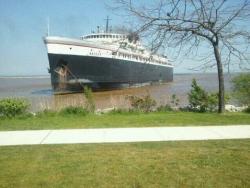
The two 3,500-hp steeple compound Unaflow steam engines powering the S.S. Badger represent one of the last types of reciprocating marine steam engines. Built by the Skinner Engine Company, most Unaflow engines are single expansion. These feature tandem high- and low-pressure cylinders separated…
Read More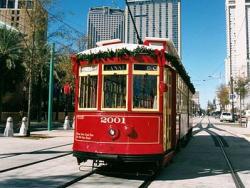
The St. Charles Avenue Streetcar Line is the oldest surviving interurban-urban passenger rail transportation system in the United States. Originally incorporated as the New Orleans Carrollton Rail Road in 1833, service began in 1835. A variety of motive power had been used including horses,…
Read Morehe Automatic Temperature Control System was named as a Historic Mechanical Engineering Landmark in 2008. Warren S. Johnson came up with the idea for automatic temperature control while teaching at Normal School in Whitewater, Wisconsin in the 1880's. Originally, janitors would have to enter each…
Read More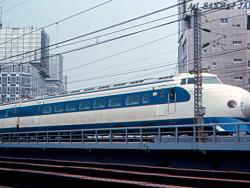
In 1964, Shinkansen (which means "new trunk line" and is also known as the bullet train) between Tokyo and Shin-Osaka became the world's first high-speed railway system, running at a maximum business speed of over 200 km/h (130-160 mph).
The nose profile, starting with the original…
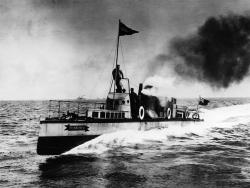
The Turbinia was the world's first turbine-driven ship. It attracted worldwide attention at the 1897 Spithead Naval Review by traveling more than 34 knots. This remarkable performance accelerated the acceptance of the steam turbine as an alternative to the steam reciprocating engine on ships as…
Read More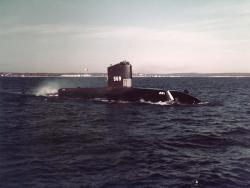
The USS Albacore (AGSS-569) represented a radical change in submarine design. The hull was designed with underwater speed as the prime requirement, and it was built with newly developed high-strength steel (HY-80). In addition to these two major innovations, the Albacore served as a…
Read More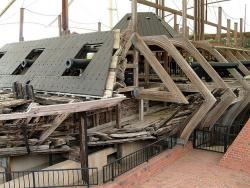
The Cairo is the sole survivor of the fleet of river gunboats built by the Union during the Civil War with the object of controlling the lower Mississippi River. Designed by Samuel Pook and built by James B. Eads, it saw limited battle and was sunk on the Yazoo River in 1862 by newly developed…
Read More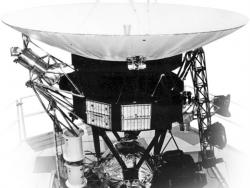
The Voyager explorers, which provided scientists and the world with the first detailed pictures of faraway planets, were designed and tested during 1972 to 1977. The two most intelligent machines ever built in the NASA space program, the explorers were launched from Cape Canaveral, Fla., in 1977…
Read More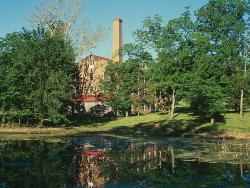
The Watkins Woolen Mill is among the best preserved examples of a Midwest woolen mill in nineteenth-century United States. Its machinery for preparing, spinning, and weaving wool reflects the existence of well-established textile industry in the country. It was designed and built by Waltus L.…
Read More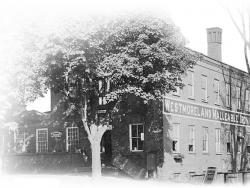
The history of this foundry, which was the oldest malleable iron company in continuous operation in the United States for many years, was inseparable from that of the small town of Westmoreland, where neighbors and workers kept time by the foundry bell. The firm was founded as Oakhill Malleable…
Read More
The Wilkinson Mill, situated on the west bank of the Blackstone River in Pawtucket, was built between 1810 and 1811 by machinist Oziel Wilkinson. Constructed in stone rubble, three and one-half stories high, the mill played a critical role in the history of textile technology, in steam power…
Read More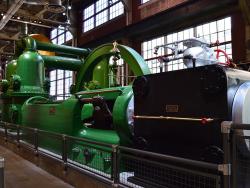
Stationary steam engines, once the prime movers of industry, powered trains, ships, and mills in an age when there was no electric power. By the 19th century, American industry, especially in England, was rapidly outgrowing the capacity of the ater power that had been its principal prime mover.…
Read More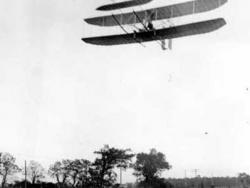
The 1905 Wright Flyer III, built by Wilbur (1867-1912) and Orville (1871-1948) Wright, was the world's first airplane capable of sustained, maneuverable flight. Similar in design to their celebrated first airplane, this machine featured a stronger structure, a larger engine turning new "bent-end…
Read More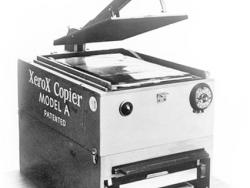
The convenient dry-copying process for printed pages is among the truly revolutionary inventions of the century. In 1937 Chester Carlson, a New York patent attorney, developed the concept of applying an electrostatic charge on a plate coated with a photoconductive material. On November 22, 1938…
Read MoreSmaller and cheaper than a triple-expansion vertical engine, the horizontal cross-compound pumping engine, Pump No. 2, ran at relatively slow revolutions and was considered the height of engineering from the 1890s to World War I. This pumping engine at the York Water Company was built by the…
Read More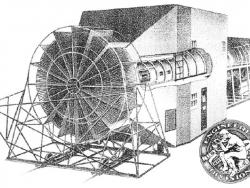
Wind tunnel testing of aircraft models is essential to determine aerodynamic parameters such as lift and drag. The 5-foot Wright Field wind tunnel is an early example of the modern wind tunnel, well known from the early 1920s to the late 1950s for its contributions to research and the…
Read More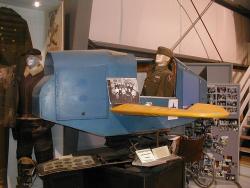
During the 1920s, Edwin A. Link was employed in his father's organ building and repair business. He obtained his pilot's license in 1927 and became convinced that a mechanical device could be built as an inexpensive method to teach basic piloting. Link received three patents on his flight…
Read More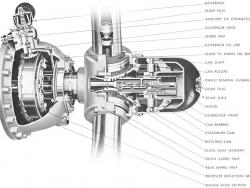
Rapid development of aircraft design in the 1930s required many related innovations, including propeller design. The hydromatic propeller by Hamilton Standard marked a significant advance over the counterweight-type, controllable pitch propeller. The first test flight of the prototype took place…
Read More